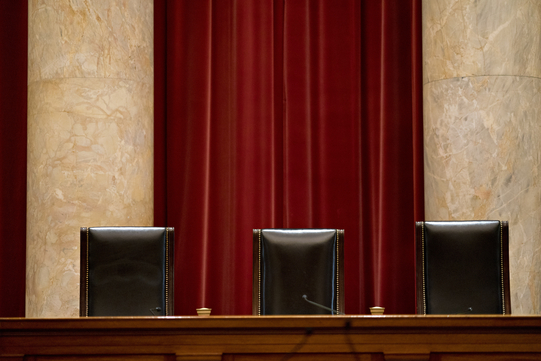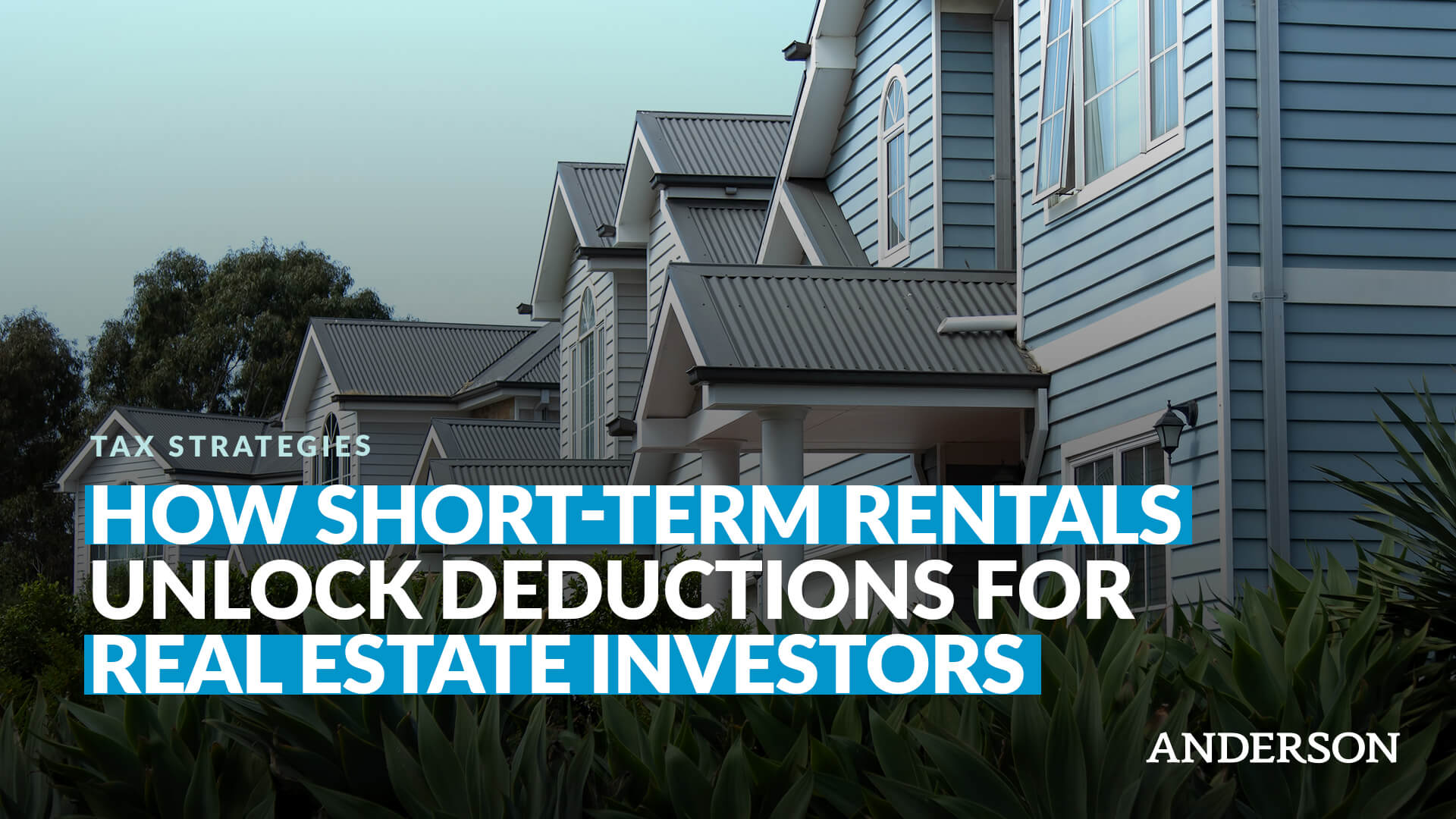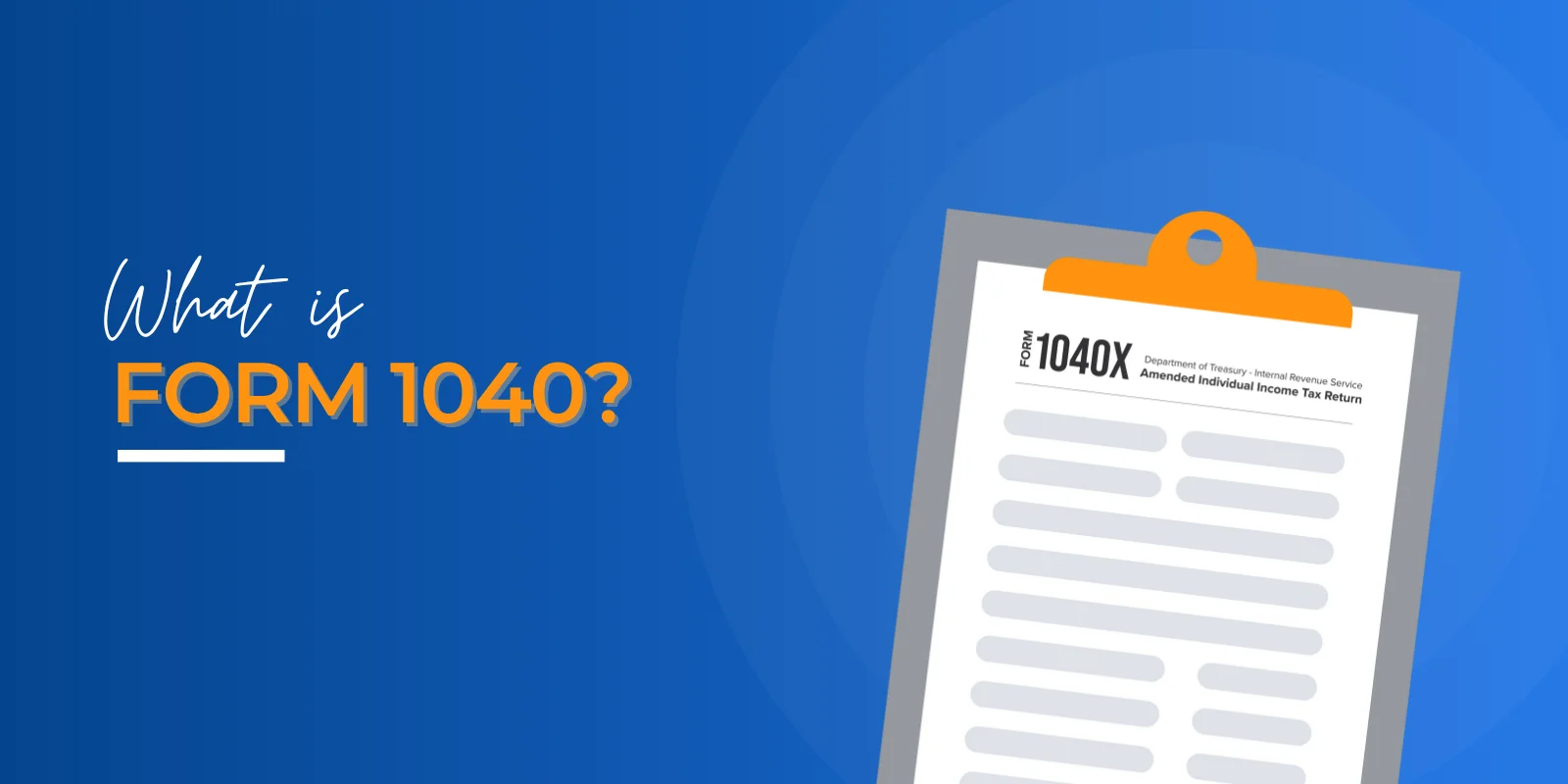The One Big Beautiful Bill Act (OBBBA) made the largest set of federal taxA tax is a mandatory payment or charge collected by local, state, and national governments from individuals or businesses to cover the costs of general government services, goods, and activities. changes in nearly a decade, impacting future federal revenue collections, economic activity, and the distribution of the tax burden. While the law makes substantive adjustments to the distributional impact of the federal tax system, the tax system generally and the federal income tax specifically remain highly progressive.
The law reduces federal revenue collections by over $5 trillion on a conventional basis over 10 years. Among other changes, the OBBBA makes the individual provisions from the 2017 Tax Cuts and Jobs Act (TCJA) permanent, revives pro-growth policies like research and development (R&D) expensing and 100 percent bonus depreciationDepreciation is a measurement of the “useful life” of a business asset, such as machinery or a factory, to determine the multiyear period over which the cost of that asset can be deducted from taxable income. Instead of allowing businesses to deduct the cost of investments immediately (i.e., full expensing), depreciation requires deductions to be taken over time, reducing their value and disco for businesses, and makes additional cuts and changes on top of TCJA permanence, such as new deductions for overtime, tipped income, auto loan interest payments, and seniors.
Taxpayers across the income spectrum will see increases in after-tax incomes from the OBBBA, averaging a 2.9 percent boost in 2025 and a 5.4 percent increase in 2026 (see Table 1). The size of the net tax cuts increases in 2026 because the changes include the value of making permanent the individual tax cuts from the TCJA previously scheduled to expire at the end of 2025.
The increases in after-tax income rise with income up to the top quintile, where the benefit dips from a 6.3 percent increase for the fourth quintile to 5.0 percent at the top in 2026. The top quintile sees a somewhat limited new benefit from the OBBBA as the new individual tax deductions phase out at higher incomes and high earners face new gross tax hikes, like the itemized deductionItemized deductions allow individuals to subtract designated expenses from their taxable income and can be claimed in lieu of the standard deduction. Itemized deductions include those for state and local taxes, charitable contributions, and mortgage interest. An estimated 13.7 percent of filers itemized in 2019, most being high-income taxpayers. haircut, limit on state and local tax (SALT) deductions, and repeal of green energy credits.
The bottom 20 percent of taxpayers see a slightly smaller boost than other quintiles, at 1.5 percent in 2025 and 2.6 percent in 2026. By 2034, after certain temporary tax cuts expire, the bottom quintile would see a fall in after-tax incomes of 0.4 percent due to new limits placed on claiming the child tax credit, Affordable Care Act premium tax credit (PTC), and earned income tax credit, measured on a conventional basis. However, after incorporating the economic benefits of the law, the bottom quintile sees an increase in after-tax incomes of 0.5 percent on average.
Table 1. Distributional Effects of Major Provisions in One Big Beautiful Bill Act (Percent Change in After-Tax income)
Note: Market income includes adjusted gross incomeFor individuals, gross income is the total of all income received from any source before taxes or deductions. It includes wages, salaries, tips, interest, dividends, capital gains, rental income, alimony, pensions, and other forms of income.
For businesses, gross income (or gross profit) is the sum of total receipts or sales minus the cost of goods sold (COGS)—the direct costs of producing goods (AGI) plus 1) tax-exempt interest, 2) non-taxable Social Security income, 3) the employer share of payroll taxes, 4) imputed corporate tax liability, 5) employer-sponsored health insurance and other fringe benefits, and 6) taxpayers’ imputed contributions to defined-contribution pension plans. Market income levels are adjusted for the number of exemptions reported on each return to make tax units more comparable. After-tax income is market income less: individual income taxAn individual income tax (or personal income tax) is levied on the wages, salaries, investments, or other forms of income an individual or household earns. The U.S. imposes a progressive income tax where rates increase with income. The Federal Income Tax was established in 1913 with the ratification of the 16th Amendment. Though barely 100 years old, individual income taxes are the largest source, corporate income taxA corporate income tax (CIT) is levied by federal and state governments on business profits. Many companies are not subject to the CIT because they are taxed as pass-through businesses, with income reportable under the individual income tax., payroll taxes, estate and gift taxA gift tax is a tax on the transfer of property by a living individual, without payment or a valuable exchange in return. The donor, not the recipient of the gift, is typically liable for the tax., custom duties, and excise taxes. The 2026 income break points by percentile are: 20%-$17,735; 40%-$38,572; 60%-$73,905; 80%-$130,661; 90%-$188,849; 95%-$266,968; 99%-$611,194. Tax units with negative market income and non-filers are excluded from the percentile groups but included in the totals.Source: Tax Foundation General Equilibrium Model, July 2025.
Examining the percent change in after-tax incomes across income groups is the best way to measure changes in the distribution of the tax burden. An alternative measure is to look at the share of federal taxes paid before and after the OBBBA, which can put the law’s changes to the distribution in the broader context of an already progressive tax system.
Table 2 shows the share of federal taxes paid under prior law compared to the shares of taxes paid under the OBBBA, in 2026 and 2034. The share of taxes paid rises steeply with income, reflecting both the progressivity of the tax system (effective tax rates rise with income) and the unequal distribution of income in the underlying economy. Under both prior law and the OBBBA, over 70 percent of the federal tax burden is paid by the top 20 percent of earners, while the bottom 40 percent pay less than 5 percent of federal taxes collected. A breakout of federal income taxes would show an even more lopsided distribution of income tax collected by higher-earning taxpayers.
Post-OBBBA, the shares of federal taxes paid remain broadly like their prior law counterparts. In some cases, the share of taxes paid by top earners actually rises post-OBBBA—for instance, for those in the top quintile—though this does not account for the distributional impact of the growing budget deficit driven in part by the OBBBA. A similar dynamic occurred with the TCJA, where the share of taxes paid by the top 1 percent after the TCJA rose through 2021, though after-tax incomes also rose by a larger margin for higher earners.
One explanation of this mixed distributional picture is that the tax system is used both to collect revenue and as a tool for redistribution. As the Joint Committee on Taxation’s David Splinter points out, the TCJA simultaneously increased tax progressivity and decreased redistribution in the tax code, explaining both the rising benefit as measured by percent changes in after-tax incomes for higher earners and their rising share of federal taxes paid. Our estimates suggest the OBBBA similarly combines a more progressive taxA progressive tax is one where the average tax burden increases with income. High-income families pay a disproportionate share of the tax burden, while low- and middle-income taxpayers shoulder a relatively small tax burden. system with a lower degree of tax redistribution.
Table 2. Share of Federal Taxes Paid After One Big Beautiful Bill Act
Source: Tax Foundation General Equilibrium Model, July 2025.
Stay informed on the tax policies impacting you.
Subscribe to get insights from our trusted experts delivered straight to your inbox.
Subscribe
Share this article

























